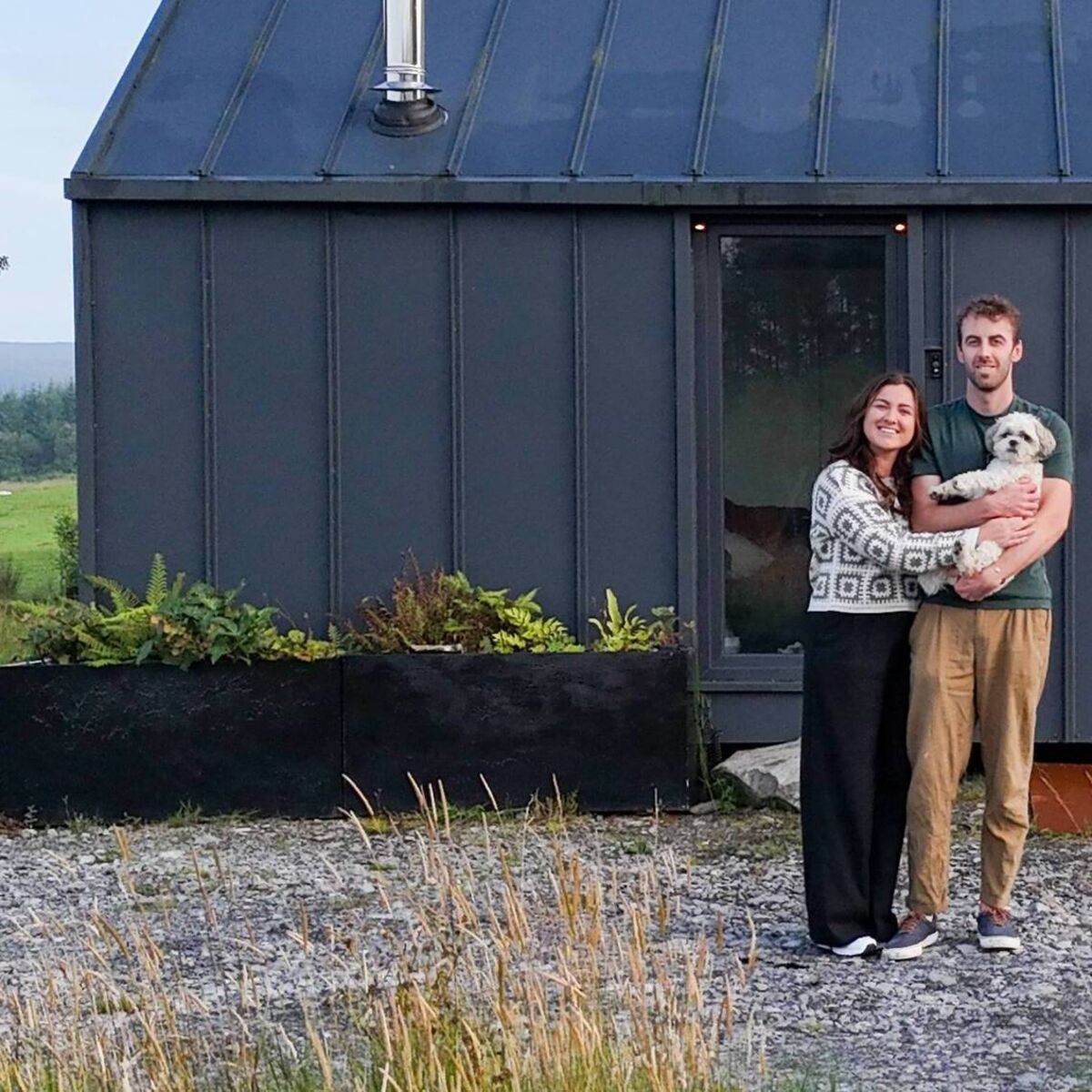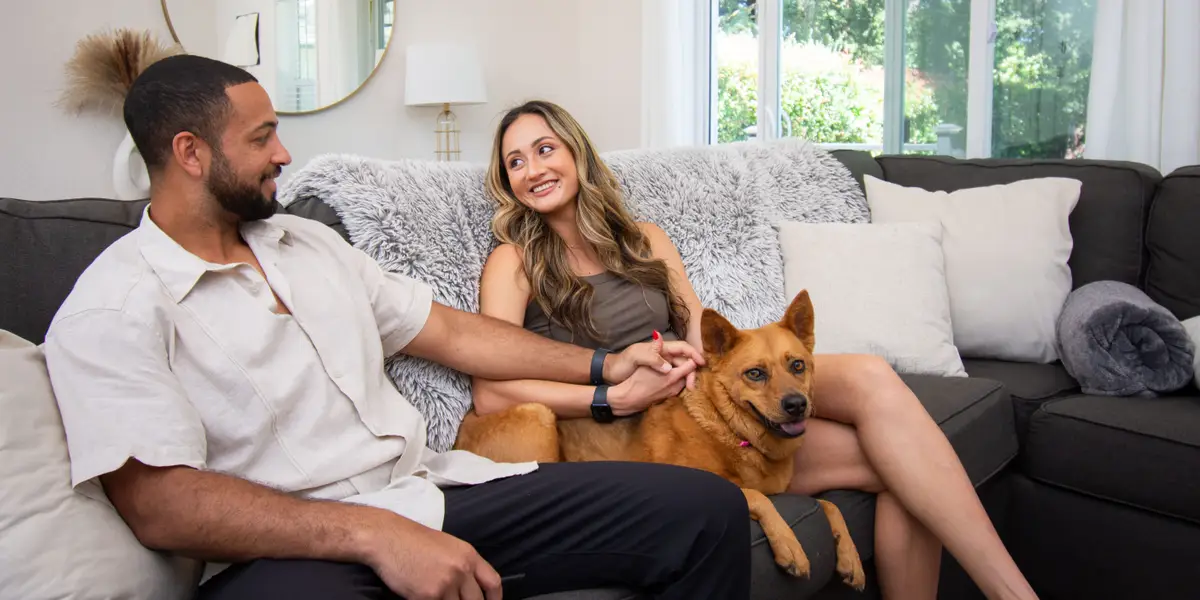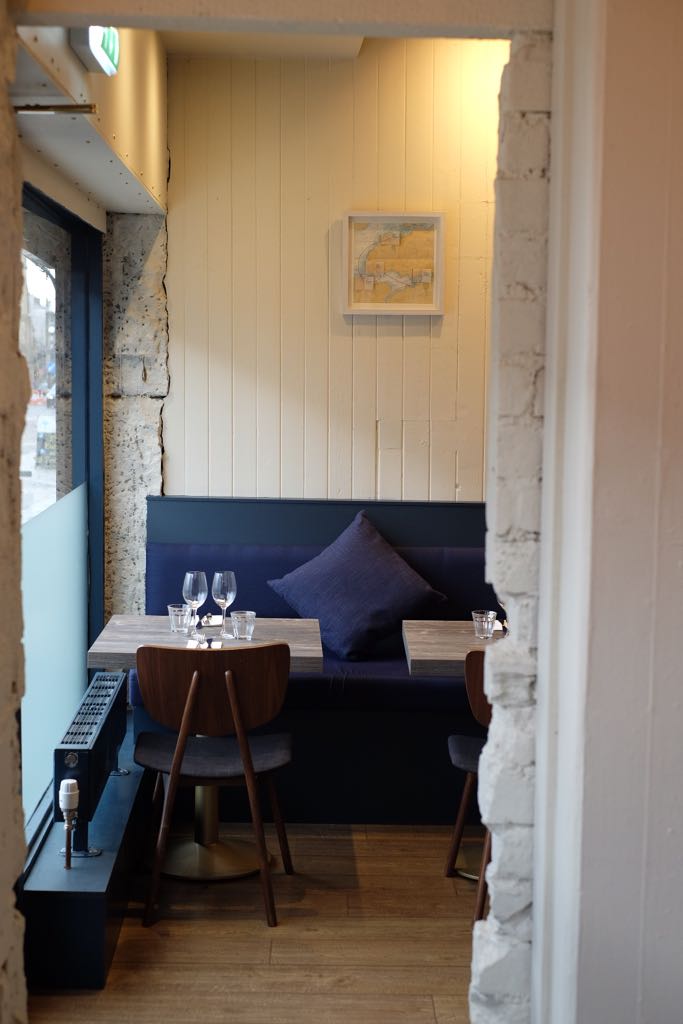By Irishexaminer.com,Jennifer Sheahan
Copyright irishexaminer

At present, Irish homeowners can build a cabin or garden room of up to 25 square metres without planning permission — as long as it’s not habitable. But that could soon change. The Government is currently exploring new planning exemptions that would make it easier to install freestanding modular or cabin-style homes, designed for full-time living. If approved, these changes could unlock tens of thousands of potential new dwellings in gardens across the country.
Whether you think this plan will be a game-changer for affordable housing, or a stopgap that only deters from the wider issues of infrastructure and supply, the result is the same — tiny homes are becoming a big part of the conversation around housing in Ireland. In this special feature, I explore three different approaches to tiny home living: living off-grid in a ready-made pod, building your own from scratch, and looking abroad to cutting-edge European design.
‘We live off-grid in a tiny home’
When Emma O’Hagan and her partner Kevin O’Reilly returned from two years of travelling around Europe in a campervan in 2023, they were looking for more than just a house. They wanted to continue their minimalist lifestyle and keep their connection to the outdoors.
That journey led them to a field on Emma’s family’s land in Co Leitrim, where they now live off-grid (with their shih-tzu Charlie) in a purpose-built 25 square metre tiny home they bought online from Irish company The Mobile Pods (Themobilepods.ie).
Emma says: “Living off-grid was partly born out of necessity in that our site had no power or water going to it. Getting that power there would have been expensive, requiring power lines, which are charged at a couple of grand per post.
“We’re also quite sustainable — we’re very conscious of our footprint.” They had two years of off-grid living in a campervan under their belts, so Emma and Kevin felt they had the understanding and experience to make it work. It wasn’t easy — only one company felt up to taking on the challenge. Solar Generation in Leitrim installed solar panels and batteries for their tiny home. “Solar has been working out well for us with the batteries,” says Emma. “We did buy a diesel heater to keep us going through the winter, which we’d run for 20 minutes in the mornings to top up the batteries, but we have not turned that on since February.”
Being low on energy and waste is a key benefit of tiny home living. You could say the downside is a shortage of space and storage — but that really depends on your perspective. Emma and Kevin are avid outdoors people, and with so much beauty surrounding them in Leitrim, they rarely feel the squeeze of their tiny home. “We don’t really find ourselves sitting in the house too often at all — it’s actually weird if we are!” says Emma, who also hosts outdoor adventure groups,” adds Emma.
To keep costs and impact low, Emma and Kevin took on a lot of DIY projects and sourced as many second-hand materials as possible. Their flooring, which they installed themselves, came from Facebook Marketplace. They also leveraged clever space-saving designs, including a foldaway staircase and drawers behind their kitchen kickboards. “The key is to multipurpose as many items as you can,” says Emma.
Follow more of Emma and Kevin’s off-grid tiny-home living and adventuring at @emmas_footprints on Instagram
Build your own Tigín
While buying a ready-made pod suits many people, others want to roll up their sleeves and build something with their own two hands. That’s what Common Knowledge had in mind when they created the Tigín — a DIY tiny-home model designed to empower more people to build their own place to live.
Common Knowledge, a non-profit organisation based in Ennistymon in Co Clare, runs a five-day build course that teaches students the skills they need to build anything from a small extension to a two-story house. IT also designed and released — for free — the Tigín toolkit comprising plans, drawings, instructions, materials, tools, and tips required to build your own sustainable tiny home.
It isn’t just a set of plans — it’s a full support system, says Cian Corcoran, one of the main designers of the Tigín. Participants who take part in the hands-on courses at Common Knowledge learn everything from timber framing to insulation, roofing, interior finishing, and project management. “People who come with no knowledge leave with almost full confidence in their ability to carry out a build. I believe there is an innate ability in most people — they just need to be shown how,” says Cian.
Designed for maximum efficiency, the Tigín makes the most of its 20 square metres with clever joinery, ample light, and a compact but comfortable layout. The high ceilings and large windows create a feeling of spaciousness that belies the tiny footprint. For Cian, who himself has lived in tiny homes for many years, the key was avoiding poky rooms and designing clever modular storage throughout: “There’s no point in defining how someone else will store their things — it’s going to be different for everyone.”
The Tigín includes a loft sleeping area with a king-size bed, space for a double guest bed, a kitchen, a living area, and a bathroom. While the original version is designed to sit on a trailer for mobility if needed, it is also possible to install the Tigín on a fixed foundation.
Visit Ourcommonknowledge.org to find out more about courses and to download the Tigín toolkit
Go Dutch in a Wikkelhouse
For those drawn to innovative architecture and sustainable design, the Wikkelhouse offers a compelling alternative to conventional housing. Designed and built in the Netherlands, the Wikkelhouse is made from 60% wood and wrapped in 24 layers of corrugated cardboard — yes, cardboard — sealed with glue, insulated with flax, wrapped in a breathable weatherproof foil (similar to Gore-Tex), and finished with a timber cladding.
The breathable foil wrapping and the home’s elevation on a chassis allow for constant airflow and drying, meaning it will survive even the wet Irish climate. The first Wikkelhouses were built nearly a decade ago, and they are designed to last at least 100 years.
This unusual material choice took years of development by the committed Wikkelhouse team. The company’s roots go back to 1988, when the founder began building with natural materials long before it was trendy. “We don’t greenwash anything,” says Dorus Stolk from the Wikkelhouse team. “We need to be realistic and balanced to survive as a business. It means our profits may not be as high as other companies, but we can keep going — and keep our values intact.”
The genius of the Wikkelhouse design is the modularity — the home is made in segments, and you can choose as many as you like. It’s like building a Lego house. The homes require no foundation and are lightweight, sitting on an expandable chassis. One of their most popular configurations is The Bear, a 25-square-metre tiny house that sleeps up to four. It includes a Murphy bed, a compact kitchen, and a “flipper” — a couch that transforms into a spare bed when needed. One end of the Wikkelhouse is a wall-to-ceiling window which floods the space with natural light.
But can people really live in them full-time? “They do,” confirms Dorus. “Some local regulations can be tricky with requirements around U-values and natural material insulation — but there are ways around it.” Dorus describes the first Wikkelhouse customers as pioneers, forging ahead and pushing for policy changes that would allow more sustainable living.
One of Dorus’s favourite stories is of a 95-year-old Dutch woman in Texel. She had lived independently all her life but needed to downsize. A local doctor had always loved her home, and so he made an arrangement with her — he would purchase her home and would also buy a Wikkelhouse to put in the garden. The old lady could remain in her home until she passed away, at which point the doctor would move out of the Wikkelhouse and into the main house.
Plans changed when they visited the Wikkelhouse showroom together in Amsterdam — the old lady fell in love with the Wikkelhouse and decided she wanted it for herself! “She got to design every part of it,” Dorus recalls. “She lived there for nearly four years and absolutely loved it.” The Wikkelhouse can be shipped to Ireland, though as with all homes being shipped from abroad, Dorus cautions that transport can be expensive.
See wikkelhouse.com



